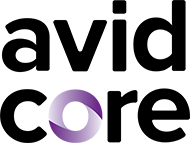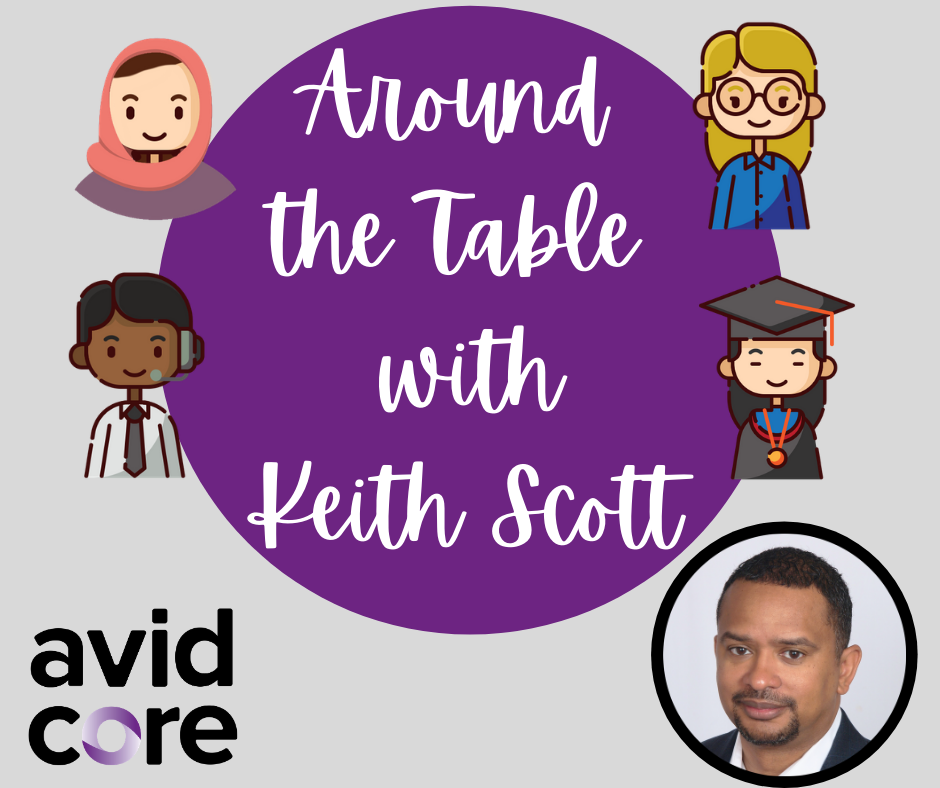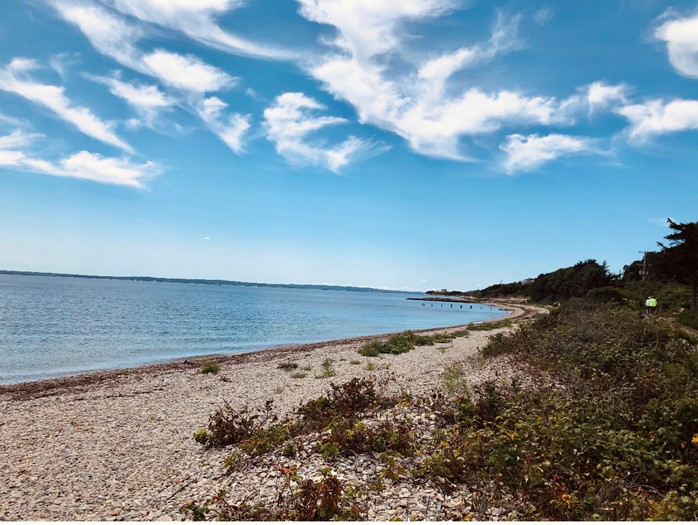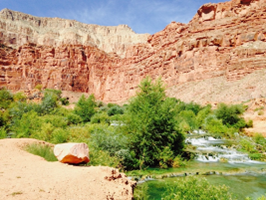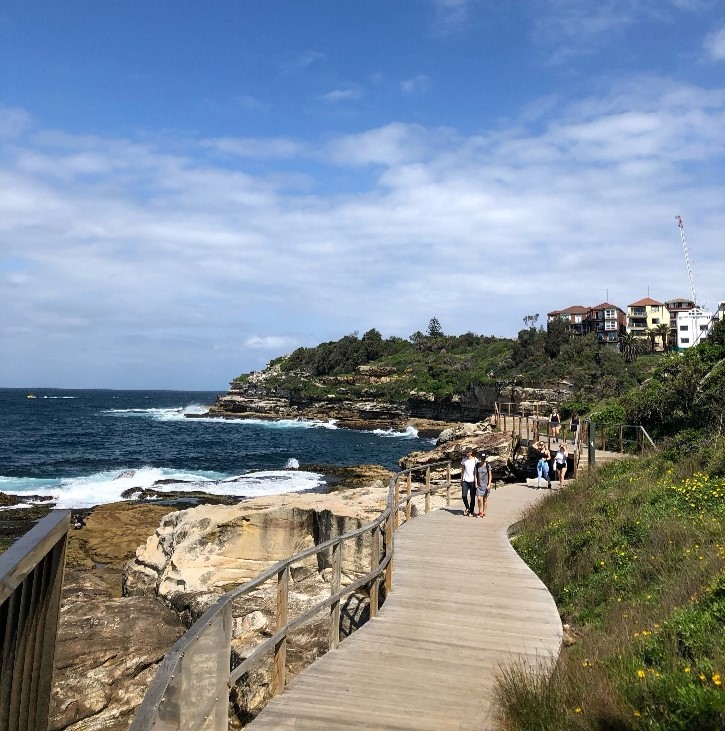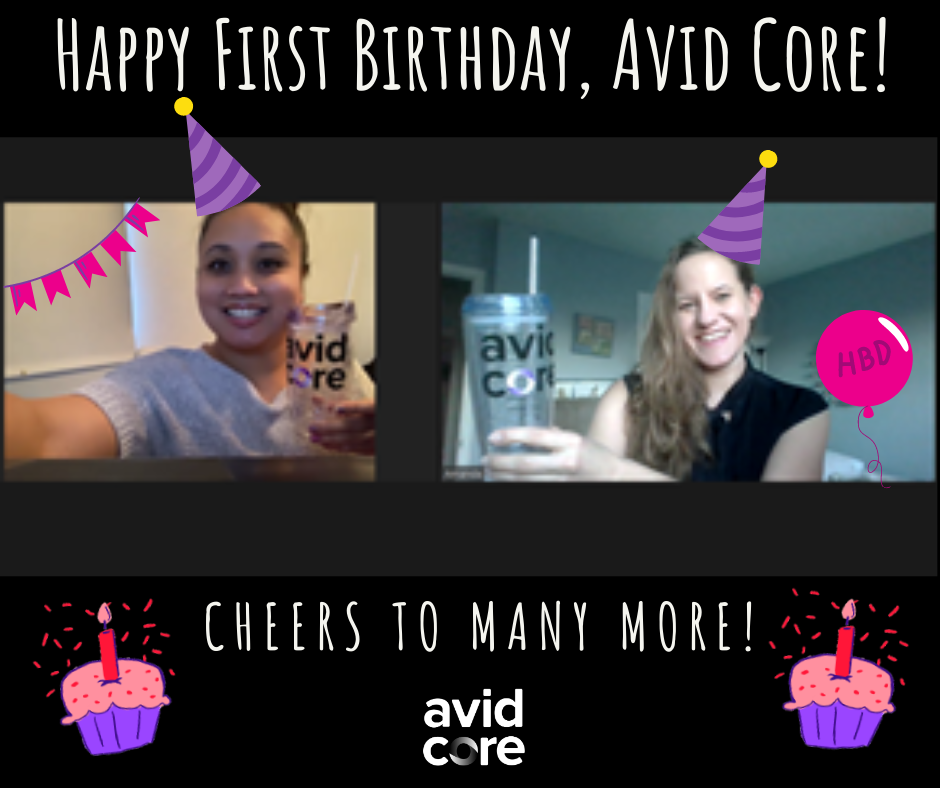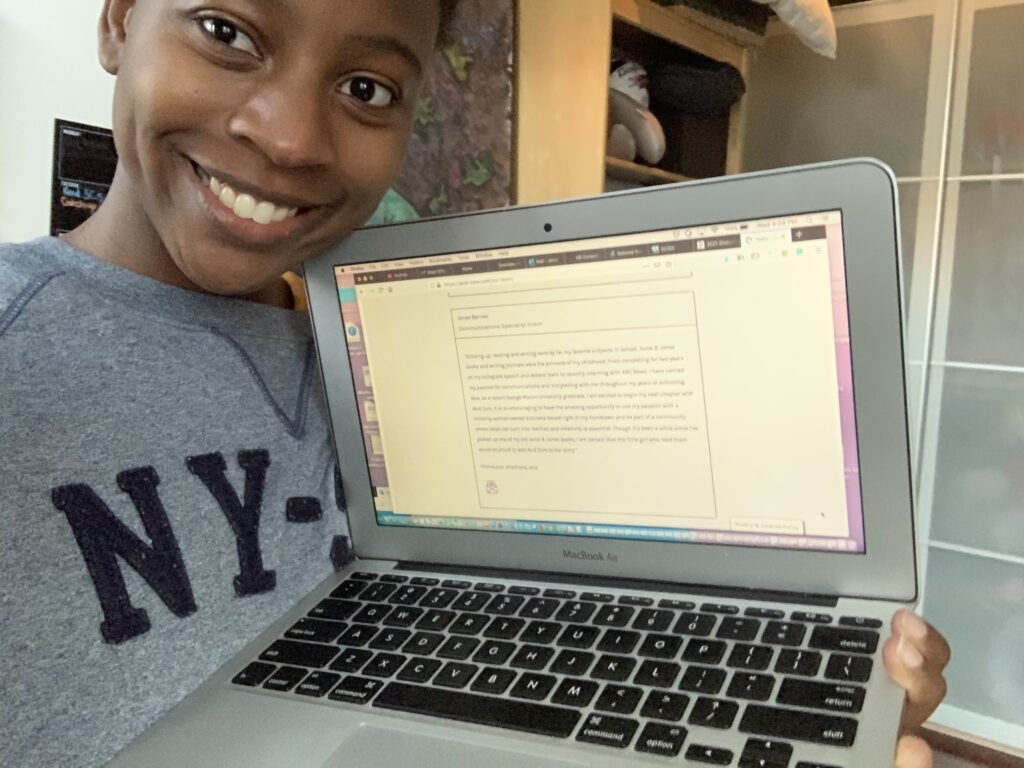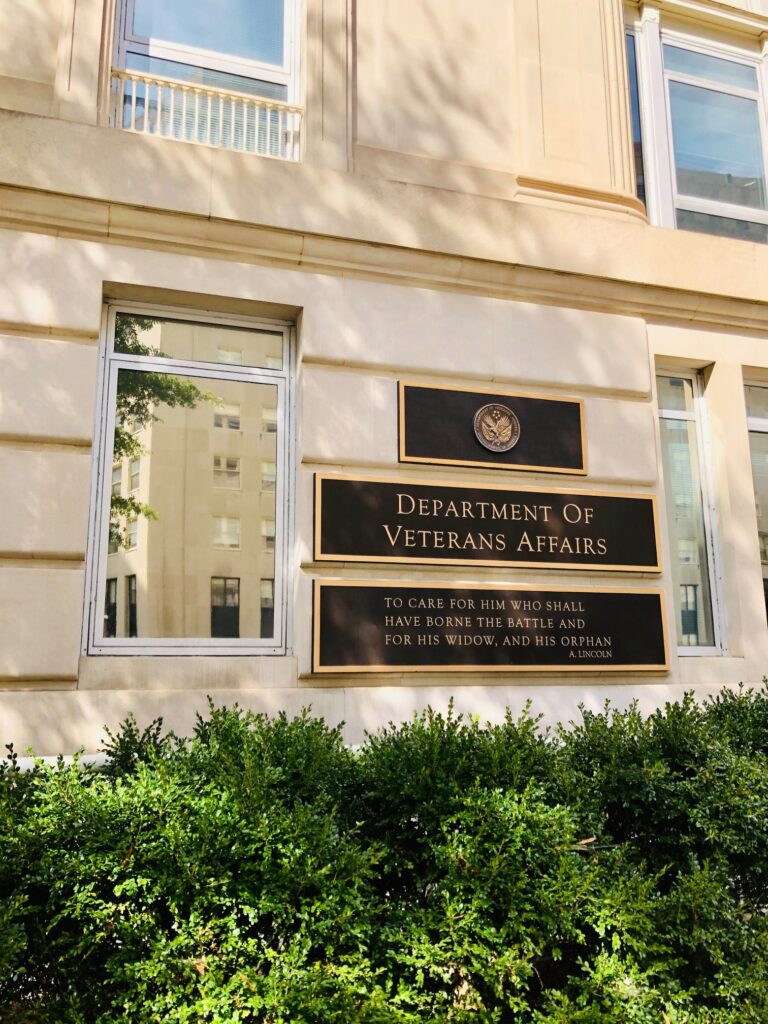You did it! You voted early, or you’ve made a plan and—come Hell or high water—you will vote.
You probably feel pretty responsible right now, like I did when I vacuumed the floor that one time.
So now what? If you have the time, maybe you can sit back and watch the results come in, or maybe you have to go back to work or class. Maybe you can wear your “I voted” sticker to Starbucks and everyone will say, “Wow, look how responsible that guy is—I bet he owns a vacuum.”
But your involvement shouldn’t end there. Having worked for congressional offices and consulted with federal agencies and state and local governments, I’ve seen firsthand how informed and involved members of the public really do shape policy and governance more than just every two or four years.
Whether you’re a first-time voter, you’re back to voting after a hiatus, or you vote regularly but want to reassess how you engage with politics, here are some tips and resources to help you stay involved:
Find Out Where You Stand
You probably have some idea what you like in a candidate, but can you clearly explain how you reached a decision? If not—or if you haven’t thought about it in a while—there are a number of resources out there that can help you better understand and describe where your opinions land you on the political spectrum, and what politicians, parties or organizations believe the same things you do.
For example, iSideWith matches your answers to questions about the issues with candidates running for office and tells you how similar or how different their stances are to yours. Political Typology Quiz, by the Pew Research Center, will also ask you a bunch of questions and give you an answer about what political “type”—e.g. “Core Conservative” or “Solid Liberal,” etc.—fits you best. Finally, The Political Compass will use issue-based questions to place you at a point on a political spectrum and match you up to current and historical political leaders, allowing you to compare how their beliefs are more or less similar to yours.
Know Your Representatives
You know who’s at the top of your ballot, but do you know who your local, county, state or federal representatives are? Figuring it all out can be confusing—especially given that not every elected office is up for reelection at the same time.
Fortunately, there are a number of resources for finding out exactly who represents you. My Reps will let you plug in your street address and find the names, party affiliations and contact info for all of your elected representatives. GovTrack is a similar tool for finding out your representatives at the federal level, and OpenStates gives the same info for state representatives.
Once you understand how to reach them, understand how they can help you—representatives can not only be an advocate for you regarding new regulations but they can also help connect you with government services or provide you with more information on government programs.
Read the news – and in between the lines
Media literacy is a critical and undertaught skill. Broadly, it means knowing how to evaluate news sources for credibility, and how to separate fact from fiction. If you’re just getting involved in politics, or want to step up your engagement, you’re going to want not only to keep up with the news, but to change how you read or hear it. Here are some questions you should ask yourself before you make a decision based on the news, or share an article or clip:
- Who is paying for this?
- Who is the intended audience?
- Do other sources say the same thing?
- What persuasive techniques does the author use? Are they trying to “sell” me something?
- Am I being told what I want to hear?
It’s up to you to develop the skill to critically evaluate the sources of information you see and hear, but there are a couple of resources to get you started that might help. For information about claims that can be verified based on fact, visit FactCheck.org. For information about what individuals and organizations are involved in funding various candidates and campaigns, visit OpenSecrets.org.
Offer your Input on Federal Rulemaking
At any given moment, federal agencies are writing, rewriting and soliciting public comments on thousands of federal regulations that impact millions of Americans, from who qualifies for various government subsidies and grants, to what federal lands can be open to energy development and what lands should be used for environmental conservation, to whether or not almond milk can legally be called “milk”—yes, people apparently have very strong opinions on this.
Despite the volume of rulemaking initiatives, the federal government has tried to modernize and make public comment accessible to all through regulations.gov. There are plenty of opportunities to comment, and plenty of initiatives to comment on—research and look for trending initiatives, read the docket information and use your background and experience to make a meaningful contribution. Before you comment, understand how your comment is going to be used—often times agencies are looking for information and data, not opinions, in order to inform policies and regulations.
Adopt an Issue, Volunteer, and Reach Out
What are the political issues that matter to you most? Research and find people and organizations that will help you use your time and energy in the most effective and meaningful way. If you’re new to politics, start on local issues that matter to you and will help you build the skills you need to research, organize, campaign and persuade. You don’t have to turn away from national conversations, but starting smaller can help you build a foundation to work on bigger and more complicated policy issues.
There are plenty of opportunities to participate both during and after election season. Find a candidate or organization and look for opportunities to volunteer, whether at a virtual event, a voter registration drive, an online forum, a rally or a demonstration.
Did you find out where you stand, find out who your representatives are, research and adopt an issue? Now is the perfect time to reach out. Call, email, or write your representatives. Staff members read and categorize information provided, and representatives get briefed on what their constituents are saying. Some representatives are avid Twitter users and will personally respond via DM. If you don’t know your representative’s stance on a particular issue, just ask. After all—you pay them!
